



Cephalopods, advanced mollusks like octopuses, squid, and cuttlefish, exhibit remarkable intelligence, complex vision, and diverse behaviors. Known for jet propulsion and carnivorous diets, they use chromatophores for communication and camouflage. Corals, invertebrate cnidarians, form colonies of polyps with stinging tentacles and vibrant colors, contributing to diverse marine ecosystems like coral reefs.

Disclaimer: Copyright infringement not intended.
Cephalopods as a group may be similar in intelligence to vertebrates as a group, and may deserve humane treatment.
It is the most complex morphological and behavioral structure of the phylum Mollusca.
This includes the coleoids - cuttlefish, octopuses, and squid - and the chambered nautilus.
Some cephalopods live alone in the endless darkness of the deep sea; others live in harmony on the coral reefs of the day.
Some cephalopods may be capable of complex forms of learning, such as learning to learn - learning to change behavior when different stimuli are presented as rewards.
Corals are invertebrate animals belonging to a large group of colourful and fascinating animals called Cnidaria. Other animals in this group that you may have seen in rock pools or on the beach include jelly fish and sea anemones.
Although Cnidarians exhibit a wide variety of colours, shapes and sizes, they all share the same distinguishing characteristics; a simple stomach with a single mouth opening surrounded by stinging tentacles.
Each individual coral animal is called a polyp, and most live in groups of hundreds to thousands of genetically identical polyps that form a ‘colony’.
The colony is formed by a process called budding, which is where the original polyp literally grows copies of itself.

Source:
|
PRACTICE QUESTION Q.With reference to marine organisms, consider the following statements:
Which of the statements given above is/are correct? (a) 1 and 2 only (b) 2 and 3 only (c) 1 and 3 only (d) 1, 2, and 3 Answer: a Explanation: Statement 1 is Correct. Cephalopods are advanced mollusks with jet propulsion for movement, complex vision, and chromatophores that enable communication and camouflage. Statement 2 is Correct. Corals are cnidarians forming colonies of polyps that build diverse marine ecosystems like coral reefs. Statement 3 is Incorrect. Cephalopods are carnivorous, feeding on prey like fish and crustaceans, while corals depend on a symbiotic relationship with zooxanthellae (algae) for energy, not herbivory. |

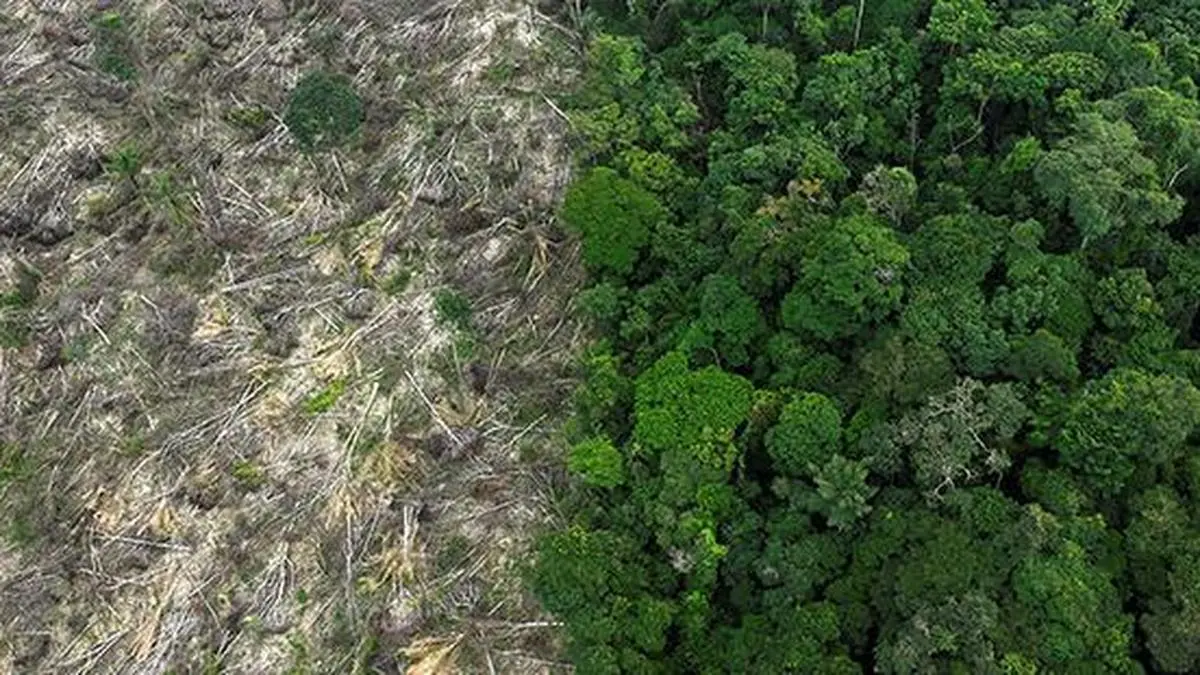

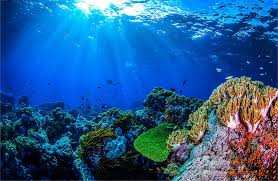

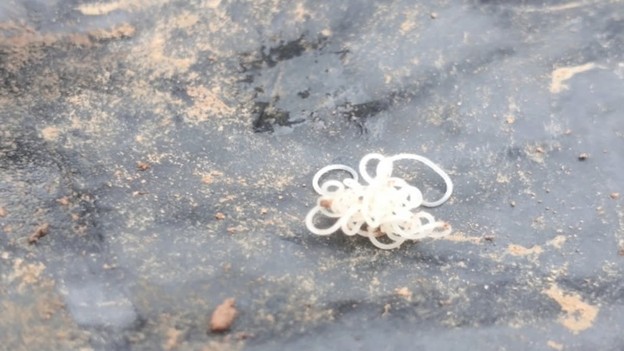
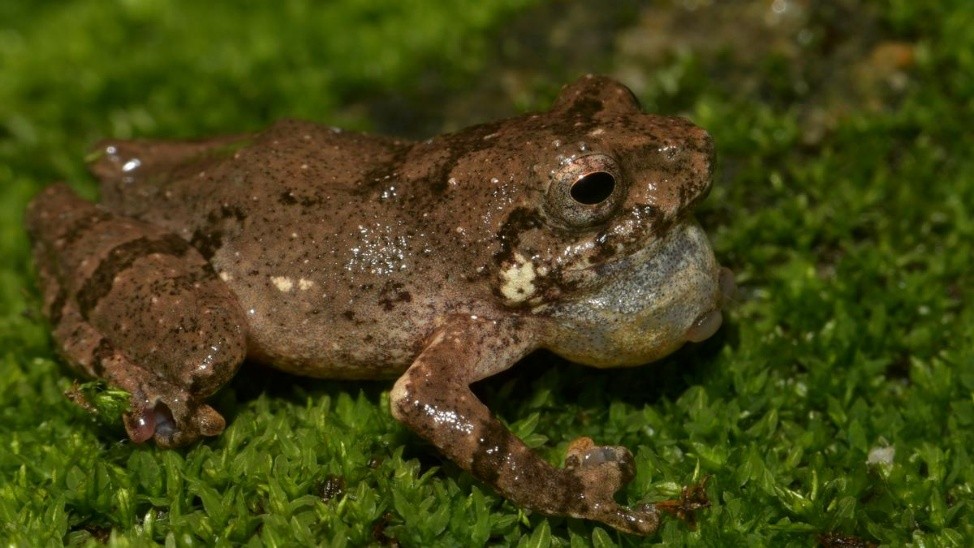

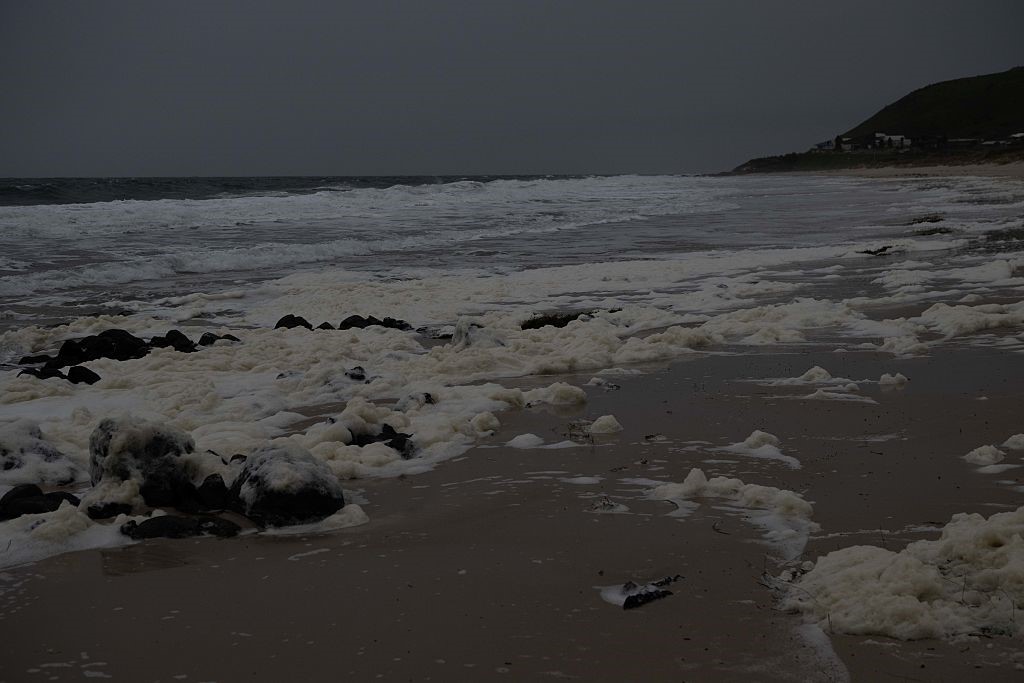
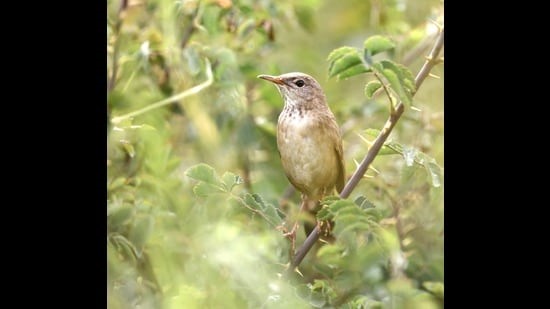

© 2025 iasgyan. All right reserved